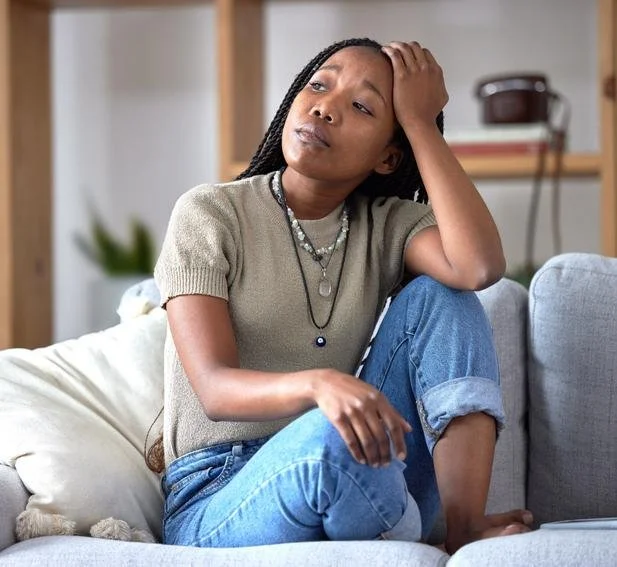Understanding Seasonal Depression in the Black Community
Photo Credit: FatCamera via iStockPhoto.com
By: Jamila Gomez
Seasonal depression, or Seasonal Affective Disorder (SAD), affects millions of people worldwide, but its impact on Black communities is often overlooked. This form of depression, typically linked to shorter days and reduced sunlight during fall and winter, can exacerbate mental health challenges in Black individuals due to unique cultural, systemic, and social factors.
What is Seasonal Affective Disorder?
SAD is a type of depression that usually emerges in the fall and winter months when daylight hours decrease. Common symptoms include fatigue, feelings of sadness, irritability, difficulty concentrating, and changes in appetite or sleep patterns. For many, these symptoms can interfere with daily life and well-being.
The Intersection of SAD and Black Identity
Black people face unique challenges when it comes to mental health. Systemic racism, economic disparities, and limited access to culturally competent mental health care can make diagnosing and managing SAD more difficult. Additionally, cultural stigma around mental health in many Black communities can discourage individuals from seeking help, leaving them to cope alone.
The physical symptoms of SAD, such as low energy and mood changes, may also be misattributed to external stressors or dismissed as minor concerns. However, SAD is a legitimate mental health condition requiring attention and care.
Barriers to Treatment
Access to mental health care is often inequitable. Studies show that Black Americans are less likely to receive a diagnosis for depression or to be treated for it, compared to white individuals. This disparity is compounded during the winter months, when SAD symptoms peak but awareness and resources remain low. Additionally, many therapeutic interventions, like light therapy or medication, may not be readily accessible in underserved communities.
Strategies for Managing SAD
1. Light Therapy: Using a light therapy box can help compensate for reduced sunlight.
2. Vitamin D: Many Black individuals are prone to Vitamin D deficiency due to melanin’s impact on sunlight absorption. Supplements may help boost mood and energy.
3. Culturally Competent Therapy: Finding a therapist who understands the lived experiences of Black individuals can provide tailored support.
4. Community Support: Leaning on family, friends, and community groups can be a vital source of encouragement and resilience.
Breaking the Stigma
Talking openly about mental health and encouraging help-seeking behaviors is crucial in addressing SAD within the Black community. Education, advocacy, and culturally relevant interventions are key to ensuring no one suffers in silence. By acknowledging and addressing SAD, Black individuals can prioritize their mental health and thrive year-round.







